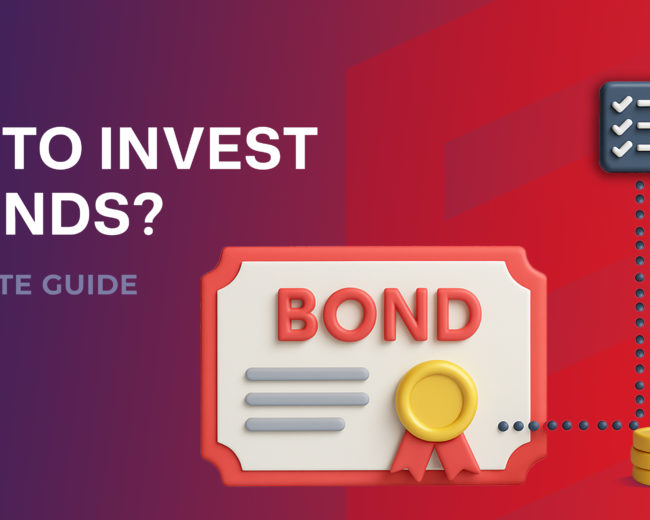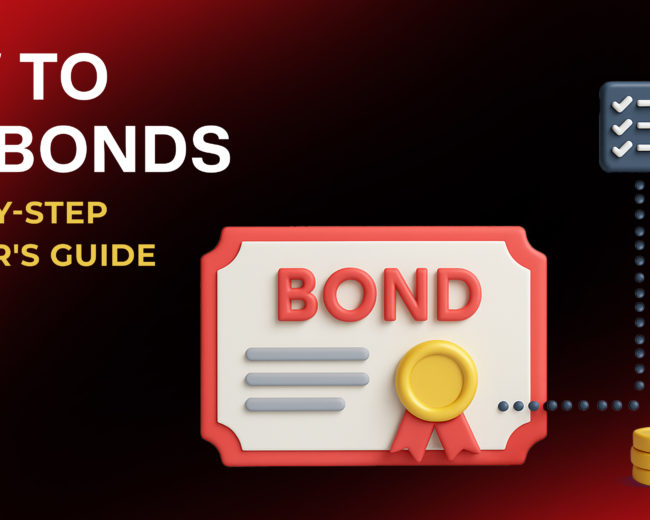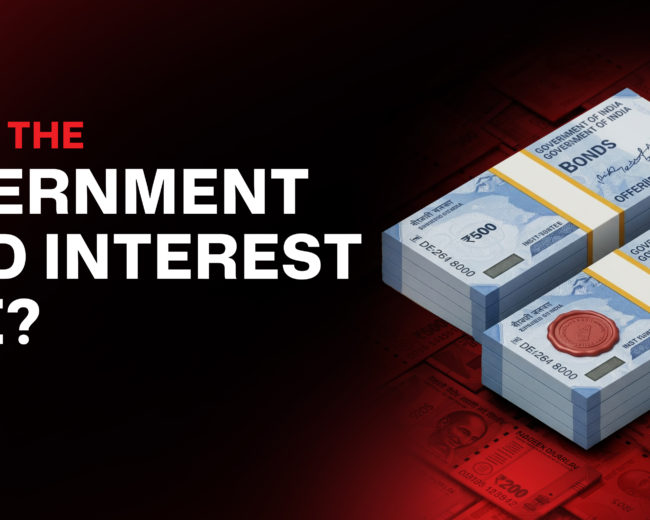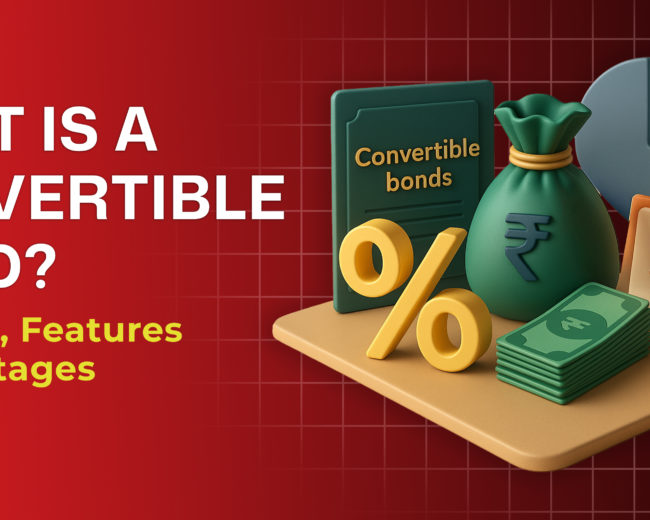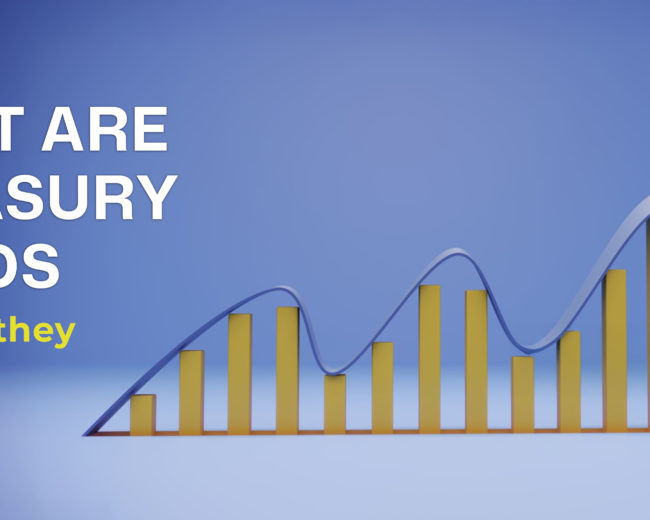How Personal Loans Can Help Freelancers? Freelancing offers you the freedom to work on your own terms, but it also comes with financial unpredictability. From…
How can you Manage Finances to Repay a Personal Loan Faster? Applying for a personal loan can provide significant financial relief during emergencies or when…
A personal loan is often a saviour when you need financial assistance. Personal loans are flexible and accessible for various income groups, making them ideal…
Personal loans are a versatile financial tool that can help meet various needs, from managing emergencies to funding major purchases. Additionally, personal loans are unsecured,…
Getting a personal loan rejection can be a frustrating experience, especially when you are counting on the funds. If you are wondering, “Why was my…
Financial needs do not end with retirement, and personal loans for pensioners provide an ideal solution for covering unplanned expenses or fulfilling life goals. Designed…
Have you ever felt that your personal loan tenure is dragging on, locking up your finances for more time than you would prefer? Enter loan…
In an age where financial aspirations often outpace paychecks, understanding your borrowing potential becomes more than a matter of numbers – it is a strategic…
When financial needs knock on your door, who has time for a paperwork marathon? Say hello to instant cash with zero-document personal loans. These loans…



